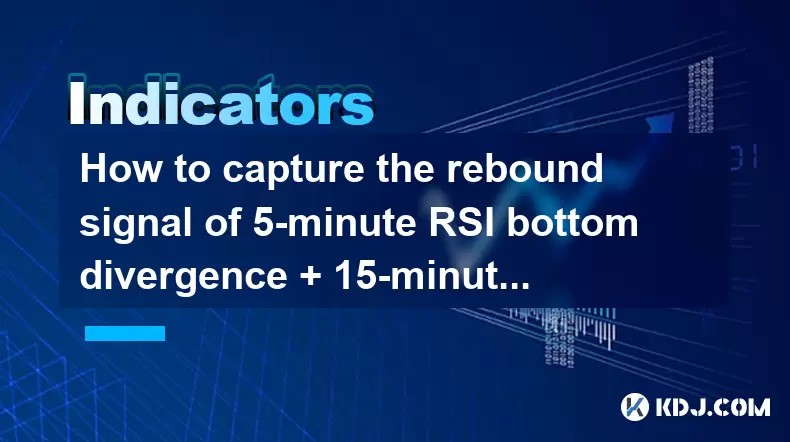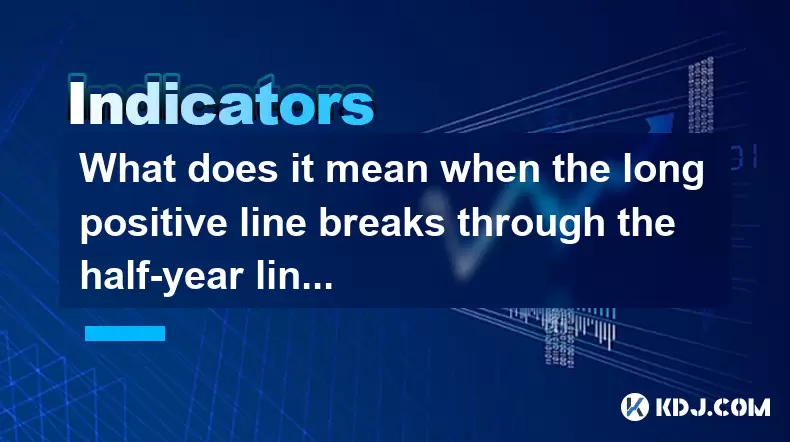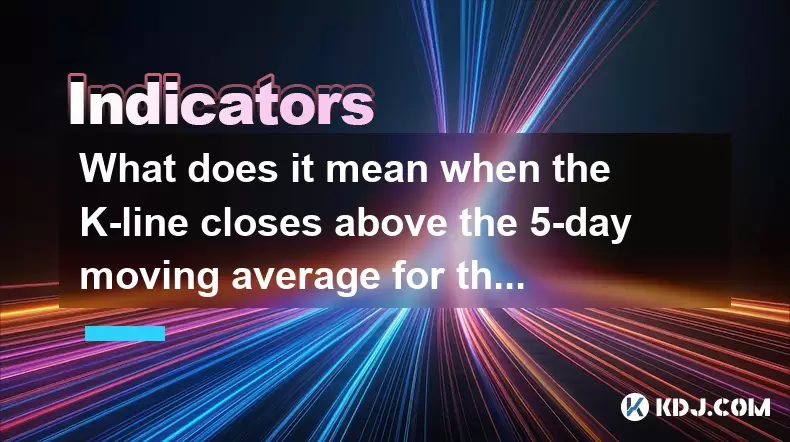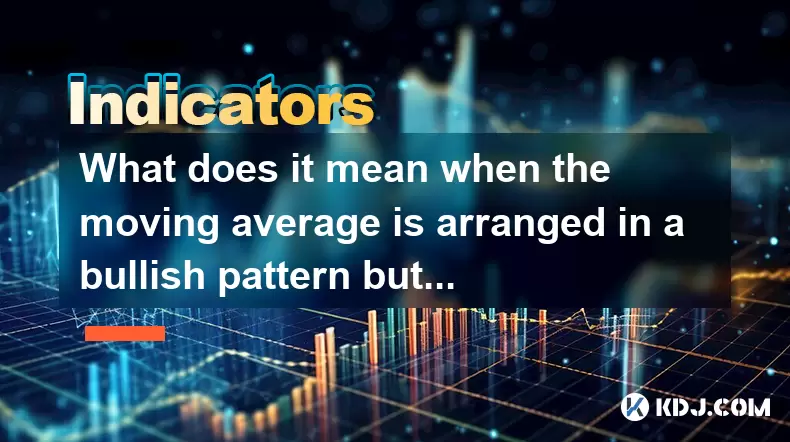-
 Bitcoin
Bitcoin $115100
-2.99% -
 Ethereum
Ethereum $3642
-1.38% -
 XRP
XRP $3.027
-5.51% -
 Tether USDt
Tether USDt $1.000
-0.05% -
 BNB
BNB $763.4
-1.32% -
 Solana
Solana $177.2
-5.42% -
 USDC
USDC $0.9999
-0.02% -
 Dogecoin
Dogecoin $0.2247
-6.47% -
 TRON
TRON $0.3135
0.23% -
 Cardano
Cardano $0.7824
-4.46% -
 Hyperliquid
Hyperliquid $42.53
-0.97% -
 Stellar
Stellar $0.4096
-6.09% -
 Sui
Sui $3.662
-2.61% -
 Chainlink
Chainlink $17.63
-3.57% -
 Bitcoin Cash
Bitcoin Cash $536.3
2.94% -
 Hedera
Hedera $0.2450
0.34% -
 Avalanche
Avalanche $23.23
-3.15% -
 Litecoin
Litecoin $112.2
-1.23% -
 UNUS SED LEO
UNUS SED LEO $8.976
-0.30% -
 Shiba Inu
Shiba Inu $0.00001341
-2.72% -
 Toncoin
Toncoin $3.101
-2.44% -
 Ethena USDe
Ethena USDe $1.001
-0.05% -
 Uniswap
Uniswap $10.08
-1.97% -
 Polkadot
Polkadot $3.938
-2.77% -
 Monero
Monero $323.9
0.87% -
 Dai
Dai $0.9999
-0.02% -
 Bitget Token
Bitget Token $4.481
-1.69% -
 Pepe
Pepe $0.00001199
-5.94% -
 Aave
Aave $288.2
-0.68% -
 Cronos
Cronos $0.1279
0.36%
How to capture the rebound signal of 5-minute RSI bottom divergence + 15-minute K-line pregnancy line pattern?
A 5-minute RSI bottom divergence combined with a 15-minute K-line pregnancy pattern signals high-probability bullish reversals when both align in timing and direction.
Jul 24, 2025 at 09:15 am

Understanding 5-Minute RSI Bottom Divergence
The 5-minute RSI bottom divergence is a powerful reversal signal used by traders to identify potential upward momentum after a downtrend. The Relative Strength Index (RSI) measures the speed and change of price movements, typically on a scale from 0 to 100. A bottom divergence occurs when the price makes a lower low, but the RSI forms a higher low, indicating weakening downward momentum.
To detect this pattern:
- Apply the RSI indicator (default 14-period) to the 5-minute chart.
- Observe at least two consecutive price lows during a downtrend.
- Confirm that the second price low is lower than the first, but the corresponding RSI reading is higher.
- This mismatch suggests buyers are starting to accumulate, even as sellers push price lower.
For example, if BTC drops to $60,000 (first low), rebounds, then drops again to $59,500 (second lower low), but the RSI reads 32 at the second low versus 28 at the first, this is a classic bullish RSI divergence. It signals potential exhaustion of the selling pressure.
Recognizing the 15-Minute K-Line Pregnancy Line Pattern
The 15-minute K-line pregnancy line, also known as an "inside bar" or "engulfing precursor," occurs when a smaller candle is entirely contained within the high-low range of the previous candle. This pattern reflects market indecision and often precedes a breakout.
To identify it:
- Switch to the 15-minute time frame.
- Look for a current candle whose high is lower than the previous candle’s high and whose low is higher than the previous candle’s low.
- This forms a "pregnancy" structure, where the current candle is "carried" by the prior one.
The significance increases when:
- It appears after a sustained downtrend.
- Volume decreases during the pregnancy candle, suggesting reduced selling interest.
- The pattern consolidates near a known support level or after the RSI divergence on the 5-minute chart.
This setup indicates the market is pausing, and when combined with the 5-minute RSI divergence, it strengthens the case for a potential bullish reversal.
Aligning the Two Signals Across Time Frames
For high-probability entries, both signals must align temporally and directionally. The 5-minute RSI divergence provides early momentum clues, while the 15-minute pregnancy line confirms short-term consolidation.
To synchronize:
- Monitor the 5-minute chart for RSI divergence development.
- Simultaneously check the 15-minute chart for the formation of a pregnancy line.
- Ensure the pregnancy line forms during or immediately after the second RSI low.
- Avoid entries if the 15-minute candle breaks below the pregnancy range before confirmation.
For instance, if the 5-minute RSI shows divergence at 10:15 UTC, verify that the 15-minute candle closing at 10:15 or 10:30 forms a valid pregnancy line. This confluence increases the reliability of the trade setup.
Entry Trigger and Confirmation Steps
A signal is not actionable until confirmed by price action. The following steps define the exact entry protocol:
- Wait for the pregnancy candle to close on the 15-minute chart.
- Observe the next candle: a breakout above the pregnancy candle’s high confirms bullish intent.
- Simultaneously, ensure the 5-minute RSI remains above its previous low and ideally crosses above 50.
- Enter a long position when price breaks and closes above the pregnancy candle’s high.
Example:
- Pregnancy candle on 15-minute chart: High = $60,200, Low = $59,800.
- Next candle opens at $60,100, rises to $60,300, and closes at $60,250.
- This close above $60,200 triggers the entry.
Place a stop-loss just below the low of the pregnancy candle or the most recent swing low on the 5-minute chart. Use a 1:2 or higher risk-reward ratio by setting take-profit levels at recent resistance zones.
Filtering False Signals and Risk Management
Not every divergence or pregnancy line leads to a successful reversal. To reduce false positives:
- Confirm the overall trend on the 1-hour chart is not strongly bearish.
- Avoid trading during major news events or low-liquidity periods (e.g., weekends for some altcoins).
- Use volume analysis: a rising volume on the breakout candle supports validity.
- Check for overbought/oversold conditions — avoid entering if the 15-minute RSI is already above 70.
Risk per trade should not exceed 1-2% of trading capital. Use limit orders to enter slightly above the pregnancy high to avoid slippage. If the breakout fails and price re-enters the pregnancy range, exit immediately.
Practical Example Using Binance and TradingView
To execute this strategy on Binance using TradingView:
- Open BTC/USDT 5-minute and 15-minute charts on TradingView.
- Add the RSI (14) indicator to the 5-minute chart.
- Identify two descending price lows with RSI forming a higher low.
- Switch to the 15-minute chart and locate a candle fully within the prior candle’s range.
- Wait for the 15-minute candle to close.
- Set an alert on TradingView for price breaking above the pregnancy candle’s high.
- Manually place a buy order on Binance when the condition is met.
- Set a stop-loss 0.5% below the pregnancy candle’s low.
- Set take-profit at the nearest 15-minute resistance level.
Ensure both platforms are synchronized in time zones (UTC). Use post-only orders to prevent taker fees if placing limit entries.
Frequently Asked Questions
What if the 5-minute RSI divergence appears but no 15-minute pregnancy line forms?
Do not take the trade. The absence of the 15-minute pattern means there’s no consolidation confirmation. Wait for both signals to align.
Can this strategy be applied to altcoins like ETH or SOL?
Yes, but ensure the altcoin has sufficient liquidity and volatility. Low-volume coins may generate false breakouts. Always check 24-hour trading volume before applying the strategy.
How long should I hold the position after entry?
Hold until price reaches a clear resistance level or shows reversal signs on the 15-minute chart, such as a bearish engulfing pattern or RSI crossing below 70 after overbought conditions.
Is it necessary to use exactly 14-period RSI and 15-minute charts?
The 14-period RSI is standard and widely tested. Deviating may alter signal timing. The 15-minute chart balances noise and signal clarity. Using 10-minute or 30-minute may reduce confluence. Stick to the defined parameters unless backtesting proves otherwise.
Disclaimer:info@kdj.com
The information provided is not trading advice. kdj.com does not assume any responsibility for any investments made based on the information provided in this article. Cryptocurrencies are highly volatile and it is highly recommended that you invest with caution after thorough research!
If you believe that the content used on this website infringes your copyright, please contact us immediately (info@kdj.com) and we will delete it promptly.
- Kiyosaki's Crypto Playbook: Ditching Paper for Real Assets Like Bitcoin
- 2025-07-25 22:30:11
- Satoshi-Era Whales Stir the Bitcoin Pot: What's the Deal?
- 2025-07-25 22:30:12
- Pi Coin Value in Indian Rupees (INR) 2024: Decoding the Hype
- 2025-07-25 21:45:50
- Crypto Investing: Top Picks and Meme Coin Mania in '25
- 2025-07-25 21:52:07
- Ark Invest's Portfolio Rebalance: Coinbase, Block, and the Crypto Shift
- 2025-07-25 21:52:07
- Bitcoin's Wild Ride: Sell-offs, Volatility, and What's Next
- 2025-07-25 21:55:18
Related knowledge

How to interpret that the KDJ D line is downward for a long time but the price is sideways?
Jul 25,2025 at 07:00pm
Understanding the KDJ Indicator and Its ComponentsThe KDJ indicator is a momentum oscillator widely used in cryptocurrency trading to assess overbough...

What does it mean that the KDJ indicator forms a double bottom at a low level?
Jul 25,2025 at 05:08pm
Understanding the KDJ Indicator in Cryptocurrency TradingThe KDJ indicator is a momentum oscillator widely used in cryptocurrency trading to identify ...

What does it mean that the RSI continues to hover in the 40-60 range?
Jul 25,2025 at 11:07pm
Understanding the RSI and Its Typical BehaviorThe Relative Strength Index (RSI) is a momentum oscillator that measures the speed and change of price m...

What does it mean when the long positive line breaks through the half-year line and then steps back?
Jul 25,2025 at 06:49pm
Understanding the Long Positive Line in Candlestick ChartsIn the world of cryptocurrency trading, candlestick patterns play a vital role in technical ...

What does it mean when the K-line closes above the 5-day moving average for three consecutive days?
Jul 25,2025 at 10:07pm
Understanding the K-line and 5-day Moving AverageThe K-line, also known as a candlestick, is a critical charting tool used in technical analysis to re...

What does it mean when the moving average is arranged in a bullish pattern but the K-line closes negatively continuously?
Jul 25,2025 at 10:56pm
Understanding the Bullish Moving Average PatternWhen the moving average (MA) lines are arranged in a bullish pattern, it typically indicates that shor...

How to interpret that the KDJ D line is downward for a long time but the price is sideways?
Jul 25,2025 at 07:00pm
Understanding the KDJ Indicator and Its ComponentsThe KDJ indicator is a momentum oscillator widely used in cryptocurrency trading to assess overbough...

What does it mean that the KDJ indicator forms a double bottom at a low level?
Jul 25,2025 at 05:08pm
Understanding the KDJ Indicator in Cryptocurrency TradingThe KDJ indicator is a momentum oscillator widely used in cryptocurrency trading to identify ...

What does it mean that the RSI continues to hover in the 40-60 range?
Jul 25,2025 at 11:07pm
Understanding the RSI and Its Typical BehaviorThe Relative Strength Index (RSI) is a momentum oscillator that measures the speed and change of price m...

What does it mean when the long positive line breaks through the half-year line and then steps back?
Jul 25,2025 at 06:49pm
Understanding the Long Positive Line in Candlestick ChartsIn the world of cryptocurrency trading, candlestick patterns play a vital role in technical ...

What does it mean when the K-line closes above the 5-day moving average for three consecutive days?
Jul 25,2025 at 10:07pm
Understanding the K-line and 5-day Moving AverageThe K-line, also known as a candlestick, is a critical charting tool used in technical analysis to re...

What does it mean when the moving average is arranged in a bullish pattern but the K-line closes negatively continuously?
Jul 25,2025 at 10:56pm
Understanding the Bullish Moving Average PatternWhen the moving average (MA) lines are arranged in a bullish pattern, it typically indicates that shor...
See all articles

























































































